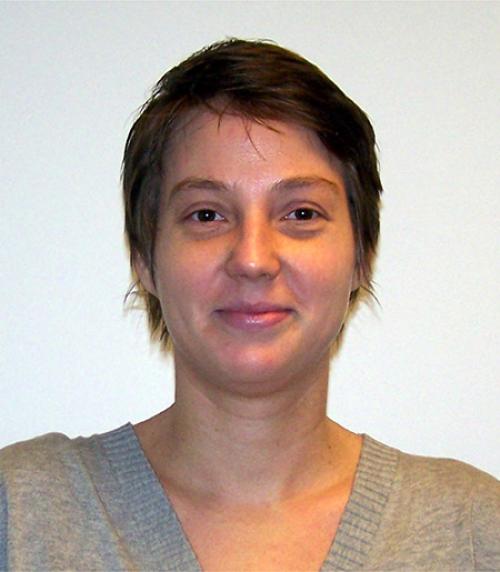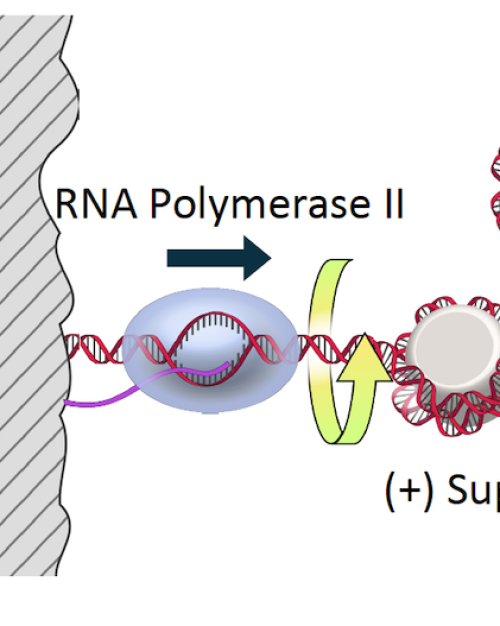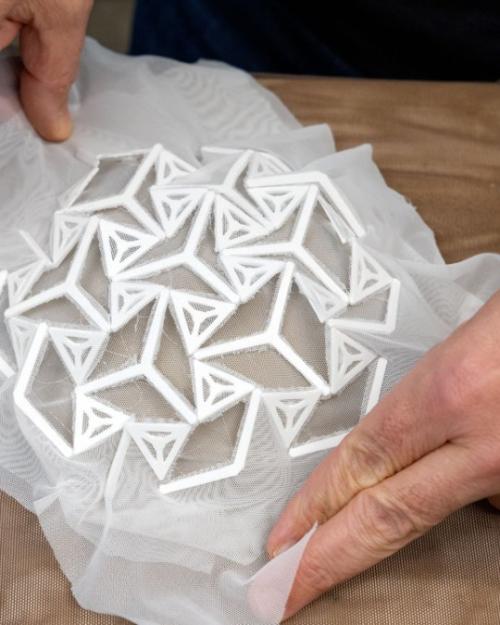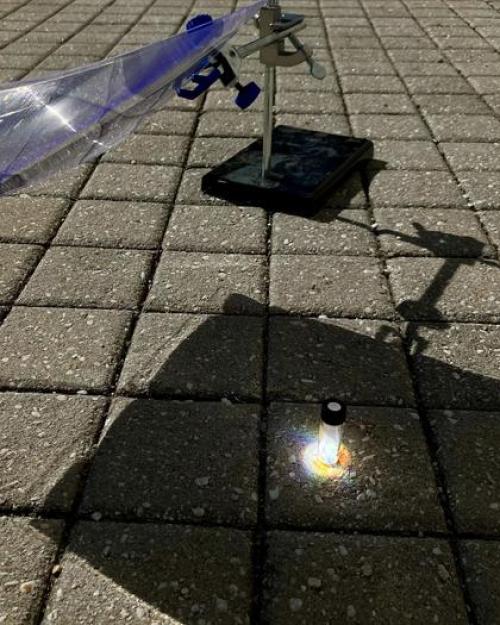Not all plastics are equal — some types and colors are easier to recycle than others. Black foam and black coffee lids, which are often made of polystyrene, usually end up in landfills because color additives lead to ineffective sorting. Now, researchers report the ability to leverage one additive in black plastics, with the help of sunlight or white LEDs, to convert black and colored polystyrene waste into reusable starting materials.
“Simple, visible light irradiation holds the potential to transform the chemical recycling of plastics, using the additives already found in many commercial products,” say the paper’s authors: lead author Sewon Oh, doctoral candidate in chemistry and chemical biology; Liat Kugelmass, M.S. ’21, Ph.D. ’23; corresponding author Erin Stache and other lead author Hanning Jiang, both at Princeton.
Their paper, “Recycling of Post-Consumer Waste Polystyrene Using Commercial Plastic Additives,” published Nov. 25 in ACS Central Science.
An emerging strategy for plastic recycling involves using light to help break down plastic into chemically useful materials that can be recycled into new products. This process requires a helper compound to convert light into the heat needed to break apart polymer bonds. However, finding the right helper that won’t create more waste and is easily incorporated into recycled materials remains a challenge for researchers. Seeking to create a circular economy for plastic recycling, the team of researchers took advantage of something already found in black polystyrene waste — an additive known as carbon black.
"Carbon black or similar black pigments are prevalent in our society, commonly found in tires, plastics, and inks. It has been known for many years that these black additives absorb light and release heat," Oh said. "However, we had not taken advantage of this already incorporated carbon black to generate an immense amount of heat to recycle plastic back to monomer, a starting ingredient for plastics."
The researchers tested a method to recycle lab-made black polystyrene: They ground a mixture of polystyrene and carbon black to a fine powder, placed the powder in a sealed glass vial and then set the vial under high-intensity white LEDs for 30 minutes. The carbon black converted the LED light into heat. The heat then broke apart the polystyrene’s molecular structure, creating a mixture of shorter one-, two- and three-styrene units. And these three components cleanly separated within the reaction apparatus. In experiments, the team recycled the leftover carbon black and styrene monomer into polystyrene, demonstrating the circularity of the new method.
Applying the technique to post-consumer black plastic from food containers and coffee cup lids, the researchers cut the waste into small pieces and found that up to 53% of the polystyrene converted to styrene monomer. Waste samples contaminated with canola oil, soy sauce and orange juice broke down slightly less efficiently. When the researchers switched the light source from LEDs to focused sunlight outdoors, they observed a higher reaction efficiency (80%). Additionally, a multicolored mixture of black, yellow, red and colorless polystyrene waste converted to styrene in sunlit conditions at a higher rate (67%) compared to white LEDs (45%). The researchers attribute the higher efficiencies to the greater light intensity achieved by focused sunlight. By demonstrating sunlight’s ability to break down colored polystyrene waste, the researchers say that their method could create a closed-loop recycling process for this type of plastic.
"Our system is sustainable and efficient because simple visible light irradiation and cheap carbon black are all we need to access high enough heat to degrade plastics. Moreover, we demonstrated that focused sunlight can be utilized to convert 80 % polystyrene to styrene monomer in just five minutes. Thus, we could save even more energy by using our natural light source for recycling plastics," Oh said.
The authors received funding from Cornell University and Princeton University as well as a Catalysis Science Early Career award from the U.S. Department of Energy.




